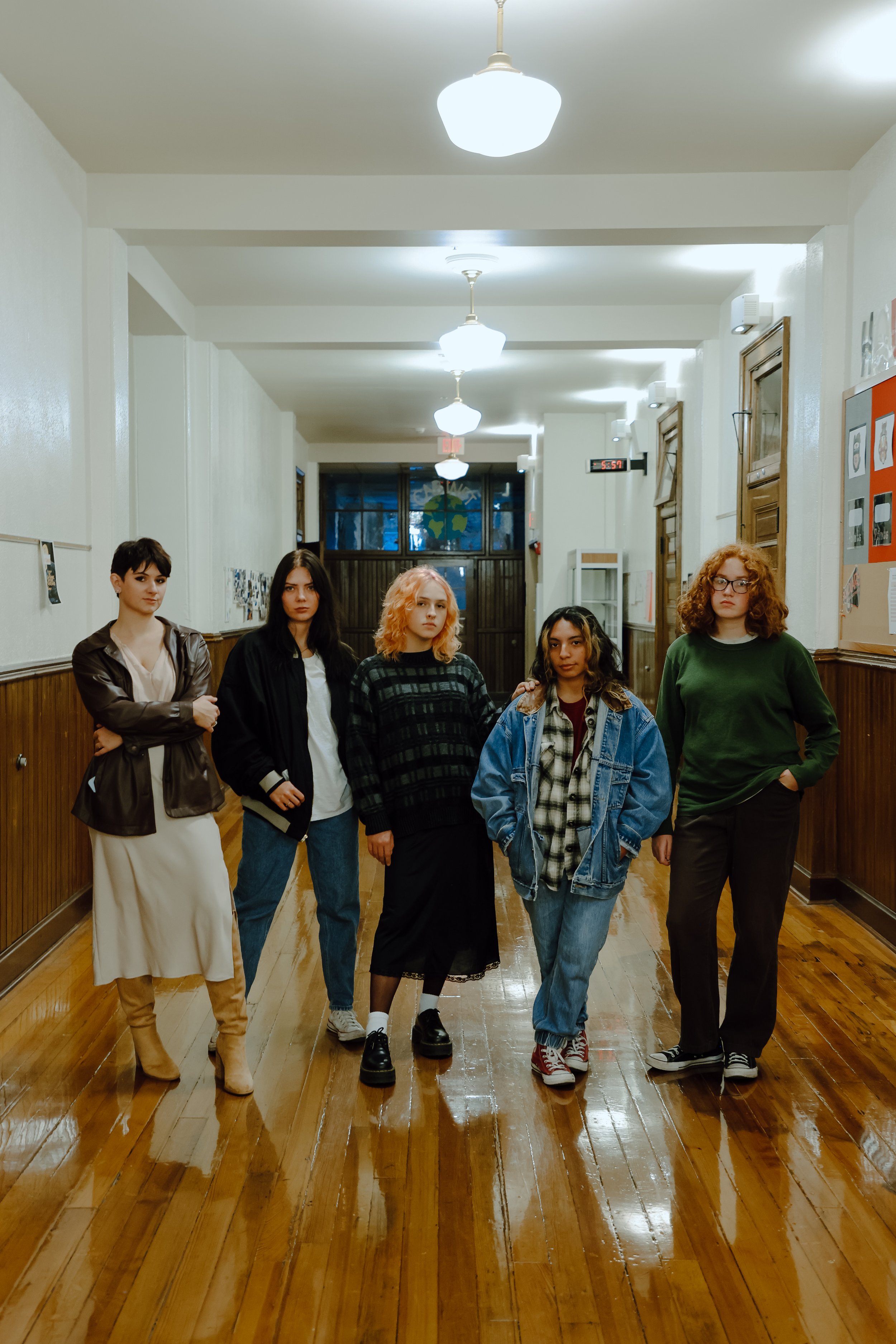The Hidden Truth in The Breakfast Club
Written By Ashlyn Sorrells
Photography By Mindy Welland
Modeled By Betty Sue, Courtney Skorina, Georgia Horsch, Khristin Guardado, & Mavis Parks
The 80s era gifted us with countless cult-classic films: “The Goonies,” “Ferrris Bueller’s Day Off,” “Sixteen Candles,” and my personal favorite, “The Breakfast Club.” These were the movies I grew up watching and at the time, I appreciated them for their plot and aesthetic value. However, watching these films now as an adult, I have realized they hold much more depth than first perceived.
The Breakfast Club follows a group of high school students without much in common other than the fact that they have all been sentenced to a Saturday in detention. Each classic high school stereotype is represented by the characters in this movie: John Bender, the rebel; Claire, the popular; Brian, the nerd; Allison, the outcast; and Andrew, the jock. During their time in detention, the students are assigned to write a paper on “who they think they are.”
At the start of the movie, there is an obvious sense of coldness between most of the characters. They all have their own perception of what types of people they're around based on appearance, and it isn’t who they’re used to. There is a common trend for many high schoolers to define themselves based on their cliques. The notion of assuming one might not get along with another if they dont look, dress, or act the same is very prevalent for many teenagers. This conjecture is present in the beginning of the movie as the characters are obviously reluctant to be friendly with one another. However, throughout the movie, they slowly realize they all have more in common than originally assumed. The characters also bond over the fact that the Vice Principle, Vernon, will only see them as stereotypes rather than the people they truly are. The use of stereotypical high school personalities in this story proves to us two very important points: there is power in the way you dress yourself, and just because someone doesn’t look or dress like you doesn’t mean you won’t get along.
This movie shows its audience that the way we dress ourselves allows us to express who we are or want to be. For a lot of us, telling others who we are based on the jewelry we wear or shoes we put on is easier than verbalizing it. For example, wearing vintage t-shirts tells others that you are interested in vintage fashion, maybe from one era in specific. Wearing high-dollar sneakers might tell people you are an avid shoe collector. There are many ways we can express our interests and personality through our clothing.
At the end of the movie, the only paper that was completed ended with the following sentence: “...what we found out is that each one of us is a brain and an athlete, and a basket case, a princess, and a criminal.” This movie represents the fact that it might not matter to others who we think we are inside. Others will perceive us however they want to—so who cares what they think, anyway? Dress the way you want to dress, listen to the music you want to listen to, read the books you want to read. Don't get caught up in building your external persona, because the only opinion that truly matters is your own.





